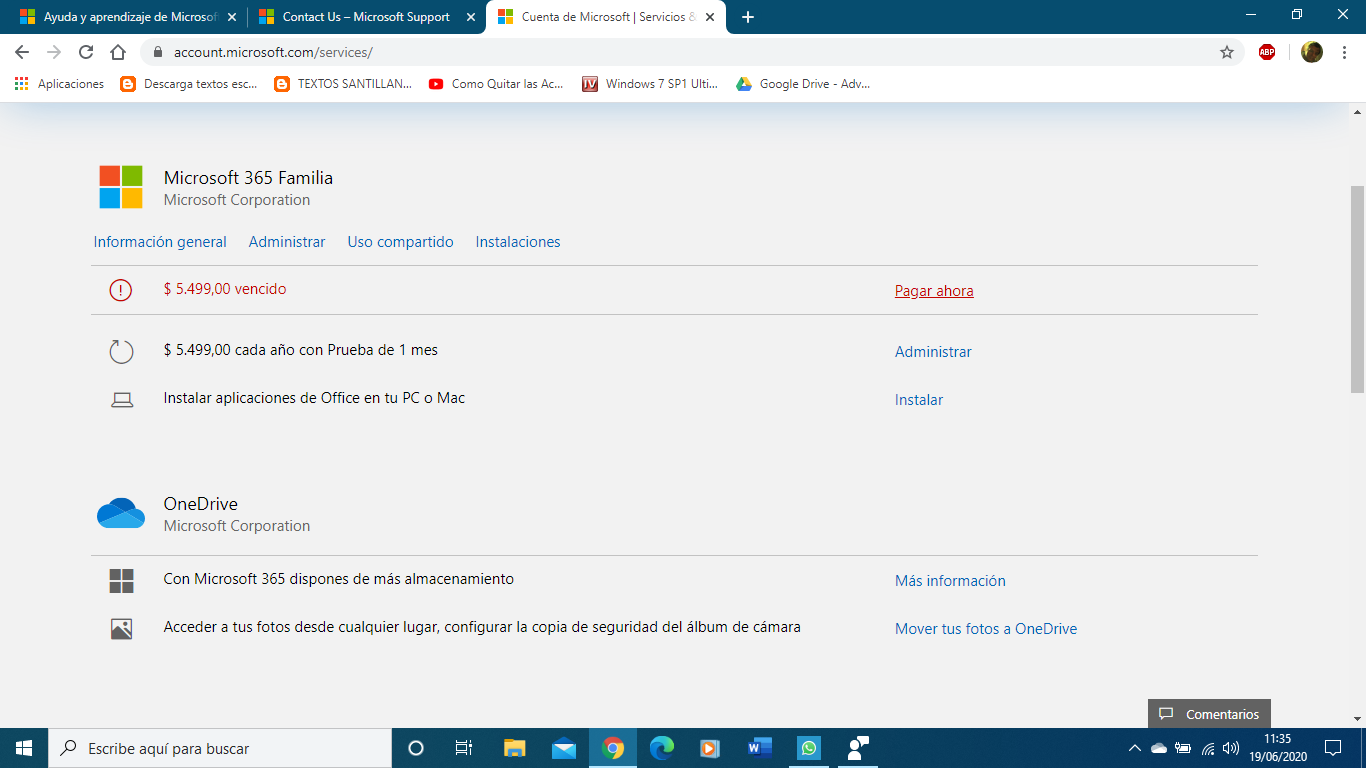Essential Guide to Box and Whisker Plot Construction
Box and whisker plots, also known as box plots, are essential tools in statistical data representation, facilitating effective visualization of data distribution and variability. In 2025, the demand for clear and concise data representation continues to grow as data-driven decision-making becomes increasingly vital across various fields, including education, research, and business. This article will guide you through the process of creating a box and whisker plot, explaining the steps to make a box plot, its components, and practical applications.
Understanding how to create box and whisker plots can empower you to communicate complex data insights effectively. In this tutorial, we will explore the necessary techniques and tools, including using software in Python and R, and generating box plots in Excel. By the end of this guide, you will grasp the benefits of box plots, how to calculate the interquartile range, and how to interpret various features, such as the median and outliers. Let’s dive in!
Key takeaways from this article include a clear understanding of what box and whisker plots are, practical steps for construction, and tips for effective interpretation.
Understanding the Components of a Box Plot
Before delving into the practical steps of constructing a box plot, it's crucial to understand its key components. A box plot typically consists of a box, whiskers, and individual points that indicate outliers. Each part plays a significant role in visualizing statistical data effectively.
Key Features of Box and Whisker Plots
The main components of a box plot include the median, quartiles, whiskers, and outliers. The box represents the interquartile range (IQR), which encompasses the middle 50% of the data. The line inside the box indicates the median value of the dataset. Whiskers extend from the box to the smallest and largest values within 1.5 times the IQR, while points outside this range are marked as outliers.
Understanding these features allows for better interpretation and analysis of the distribution of your data. Box plots also provide a quick visual assessment of asymmetry and variability, making them a popular choice in statistics for both categorical and numerical data.
Interquartile Range and Median Calculation
The interquartile range (IQR) is a key concept in box plot construction. It is calculated by subtracting the first quartile (Q1) from the third quartile (Q3). The median, positioned within the box, represents the middle value of your dataset when arranged in ascending order. Accurate calculations of these values are essential for creating effective box plots.
In practice, calculating the IQR and median can be performed easily using software tools such as R or Python, which offer powerful libraries for statistical analysis and visualization. Utilizing these tools can significantly streamline your data analysis process.
Identifying Outliers in Box Plots
Outlier detection is critical in statistical analysis, as these data points can skew the understanding of overall trends. In box plots, any point that lies beyond the whiskers is typically considered an outlier. Understanding how to identify these outliers will enhance your ability to interpret data and make informed decisions based on your analysis.
To effectively detect outliers, calculate the lower and upper limits using the IQR. Points located outside of these limits warrant further investigation, as they may represent significant anomalies or errors in data collection.
Steps to Create a Box and Whisker Plot
Building upon the foundational knowledge of box plots, let's explore the precise steps involved in creating one. Mastery of these steps can transform your ability to visualize and interpret statistical data.
Step 1: Collect and Organize Your Data
The first step in creating a box plot is to gather your data and organize it in a structured manner. This may involve compiling data into a spreadsheet or dataset while ensuring that no valuable information is omitted. A well-organized dataset is key for accurate visualization and analysis.
Data organization can also involve categorizing your data by specific features, which can be particularly useful when dealing with categorical variables.
Step 2: Calculate Key Statistical Values
Next, calculate critical values including the median, quartiles (Q1 and Q3), and IQR. These calculations are essential; understanding where your data sits within the overall distribution is vital to constructing an accurate box plot.
Remember to document these values clearly, as they will be utilized in the construction of your plot.
Step 3: Constructing the Box Plot
With your data organized and key values calculated, you can begin constructing your box plot. Start by drawing a number line that spans the range of your data. The box itself will be drawn from Q1 to Q3, with a line showing the median. Then, draw whiskers to extend from the box to the minimum and maximum values that fall within the defined range.
Utilizing software like MATLAB, R, or Python can streamline this process, enabling quick and accurate box plot creation through coding techniques. For instance, libraries like Matplotlib in Python or ggplot2 in R can simplify the visualization process greatly.
Creating Box Plots in Software Tools
As we embrace digital technology in 2025, creating box plots using software can enhance efficiency and accuracy. Let's look at how to create box plots using various software options.
Implementing Box Plots in Python
Python libraries such as Matplotlib and Seaborn provide great functionality for statistical visualization, allowing users to create box plots with ease. By writing brief scripts, users can generate box plots tailored to their data needs, including advanced customization options.
For instance, simple commands can help visualize distributions effectively, while additional parameters can enhance the overall aesthetic of the plot.
Creating Box Plots in R
Similarly, R is a powerful statistical tool offering extensive libraries for visualization. With commands provided by ggplot2, users can create complex box plots and customize them to their specific requirements. This level of flexibility makes R a preferred choice among statisticians and data scientists.
In generating box plots, R users can take advantage of existing datasets or import CSV files for analysis, providing a comprehensive approach to data visualization.
Benefits of Using Box and Whisker Plots for Data Analysis
The popularity of box plots stems from numerous advantages they offer for data analysis. Understanding these benefits can equip you with the justification needed to utilize box plots in various projects.
Clear Data Representation
Box and whisker plots provide a concise summary of data distribution, allowing viewers to assess medians, variability, and potential outliers quickly. This clarity is particularly beneficial when presenting data to audiences unfamiliar with complex statistical concepts.
Because box plots effectively showcase essential statistical measures, they can facilitate smoother communication of data insights in research papers and presentations.
Ease of Comparing Multiple Datasets
Another significant advantage of box plots is their ability to compare multiple datasets side-by-side effectively. By displaying multiple box plots on the same scale, statisticians can quickly discern differences in distributions and variability across groups.
This comparison can lead to deeper insights and foster data-driven decision-making in various fields, from business analytics to scientific research.
Versatile Applications Across Disciplines
Box and whisker plots are versatile and can be applied in diverse disciplines, including education, psychology, and public health. Their utility extends to educational contexts, allowing students to better grasp statistical concepts through visual aids.
The adaptability of box plots to represent both categorical and numerical data positions them as a critical tool in statistical analysis and data science.

Common Mistakes and Best Practices
As you embark on creating box and whisker plots, it is essential to be aware of common pitfalls and best practices to ensure accuracy and clarity.
Avoiding Misinterpretation of Outliers
One common mistake in box plot analysis is the misinterpretation of outliers. Outliers can represent essential trends, but they may also be the result of errors in data collection. Understanding how to thoroughly investigate these points is crucial to maintaining statistical integrity.
Assessing the context of outliers in tandem with median and IQR values can guide better interpretations and enhance your analysis.
Ensuring Proper Scaling on Axes
Another often-overlooked aspect of box plot construction is the importance of proper scaling on axes. Inaccurate scales can misrepresent data findings and lead to incorrect conclusions. Always ensure that your number line accurately reflects the range and distribution of your data.
Best Practices for Box Plot Design
In addition to avoiding mistakes, following best practices can improve the overall quality of your box plots. These include using consistent color schemes, clearly labeling axes, and providing comprehensive legends. Such practices can enhance understanding and foster effective communication of data insights.

Q&A: Clarifying Common Queries About Box and Whisker Plots
What is the primary purpose of a box plot?
The primary purpose of a box plot is to summarize a dataset by displaying its median, quartiles, and potential outliers, allowing for easy visualization of data distribution and variability.
How can I create a box plot in Excel?
To create a box plot in Excel, organize your data in columns, select the data range, and then use the Insert Chart feature to select the 'Box and Whisker' chart option. Excel will automatically generate a box plot based on your data.
What are the differences between box plots and histograms?
While both box plots and histograms represent data distribution, box plots provide a summary view by focusing on quartiles and outliers. Histograms, on the other hand, detail the frequency of data points in specified intervals, allowing for a more granular view of distribution.
How can I interpret a box plot effectively?
To interpret a box plot, start by identifying the median (the line within the box) and the range of values indicated by the whiskers. Examine the IQR to understand variability, and pay attention to any points outside the whiskers indicating outliers. This comprehensive assessment will facilitate deeper insights.
What software aids in box plot visualization?
Several software options, including R, Python, and MATLAB, offer tools for creating box plots. Additionally, Excel can be used for a more accessible approach, while online tools facilitate quick data visualization without extensive coding.
